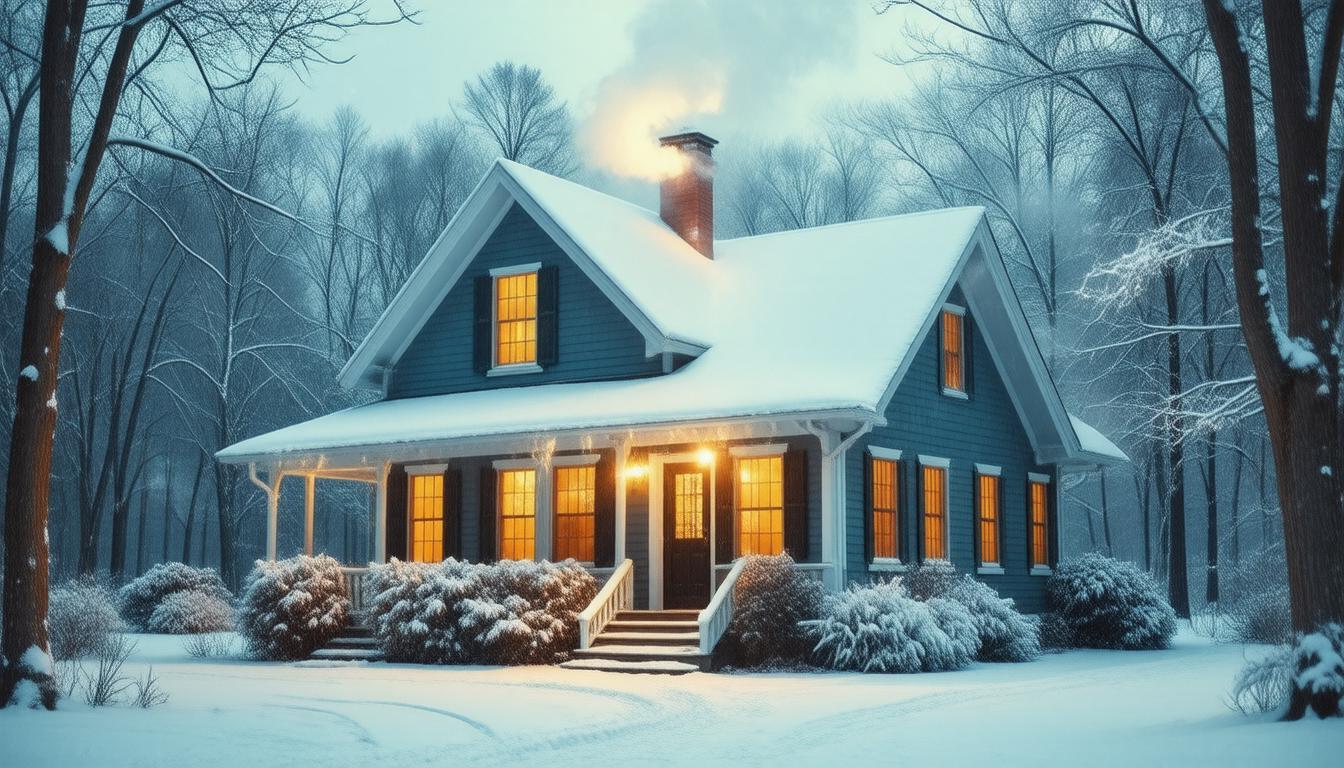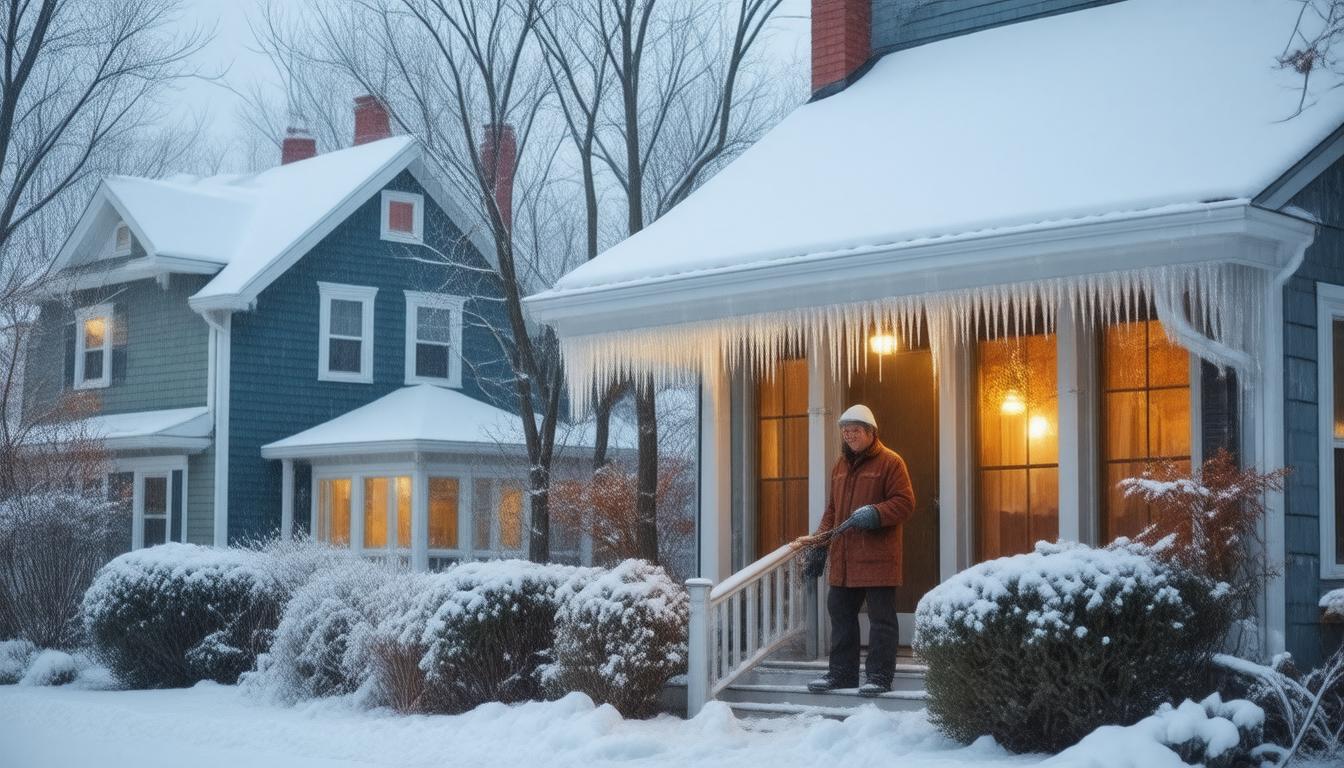
Historic properties are an essential part of Spokane, WA’s cultural and architectural identity. As a city with a rich history, numerous buildings and districts reflect the past eras and styles that have shaped the urban landscape. Understanding historic property compliance is crucial for property owners, developers, and preservationists to ensure that these structures continue to offer their unique charm while meeting present-day regulations.
The Role of Spokane Historic Landmarks CommissionThe Spokane Historic Landmarks Commission (SHLC) plays a pivotal role in historic property compliance. This body is responsible for the designation, protection, and promotion of Spokane’s historic and architectural heritage. It ensures that changes to historic properties or districts adhere to specific standards designed to preserve their original character.
What Qualifies as a Historic Property?A historic property in Spokane may include buildings, sites, objects, structures, or districts that are significant in American history, architecture, archaeology, engineering, or culture. These properties are typically at least 50 years old and retain their historic integrity. Before making any changes, it is imperative to know whether a property is listed on the Spokane Register of Historic Places or falls within a historic district.
Guidelines for Exterior AlterationsExterior alterations to a historic property require careful consideration and usually, the approval of the SHLC. Compliance involves adhering to the Secretary of the Interior’s Standards for the Treatment of Historic Properties, which provide a framework for preserving the historic character while allowing for a property’s functional use. This may include restoring original features, choosing appropriate materials for repairs, or ensuring that any additions do not detract from the historic integrity of the building.
The Certificate of AppropriatenessProperty owners looking to modify, rehabilitate, or demolish a historic structure must apply for a Certificate of Appropriateness (COA). This document confirms that the proposed work complies with local and national historic preservation standards. The application process typically requires a detailed description of the proposed changes, along with renderings or drawings to illustrate the impact on the property.
Economic Incentives and GrantsTo encourage compliance and alleviate the costs of maintaining historic properties, various economic incentives are available. In Spokane, these may include special valuation programs that can reduce property taxes, as well as grants and loans for rehabilitation projects. These financial incentives are valuable resources for owners and can significantly offset the investment needed to preserve a historic property.
Navigating Compliance for Historic InteriorsWhile much of historic property compliance focuses on exterior features, interior elements may also be subject to certain regulations, especially if the property is open to the public or used for commercial purposes. Staying true to original designs and materials is encouraged, and the SHLC can provide guidance on how to approach interior restorations while ensuring safety and accessibility updates.
Conclusion: The Importance of PreservationUpholding historic property compliance in Spokane is not just a legal responsibility—it’s a commitment to the city’s cultural and historical legacy. By following the guidelines and working with the Spokane Historic Landmarks Commission, property owners can help to preserve the city’s past for future generations. Compliant restoration and alteration not only protect the aesthetic and historical value of these properties but also promote a sense of identity and continuity within the community.







